I've encouraged my wife to write this post since she had a very nice Wednesday walk last week, and I thought it would be great to share it with you. She was visiting Berlin, the capital of Germany, this week. She was supposed to stay there the whole week, but returned home earlier due to the cancellation of her original flight. Nerveless, she took the opportunity and went for a walk in the vicinity of her hotel, which was, luckily for her, near some of the historic sights of Berlin.

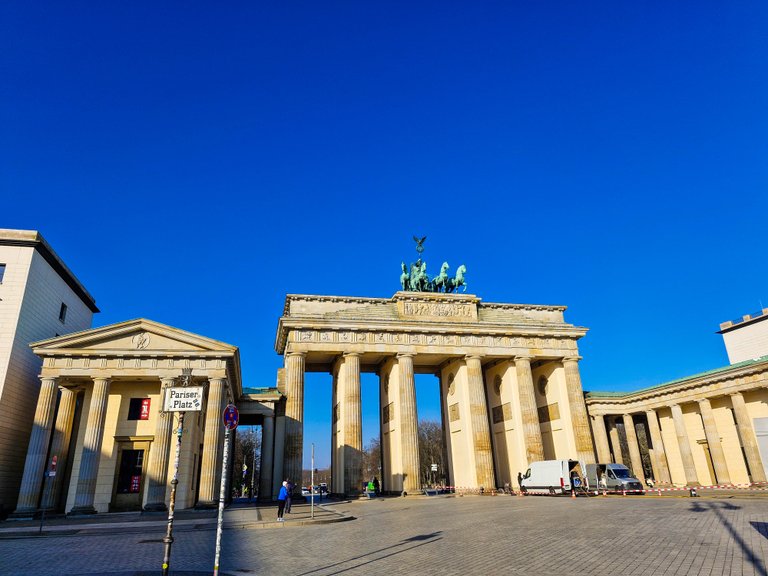
“I woke up on a quite chilly but sunny Wednesday in Berlin. My transfer to the airport was picking me up at 11 a.m., and I have just enough time to take a walk in the surroundings. This was not my first visit to Berlin, and I know that it is considered “the city for urban art." Already on this short walk, I’ve noticed many art works that captured my attention.
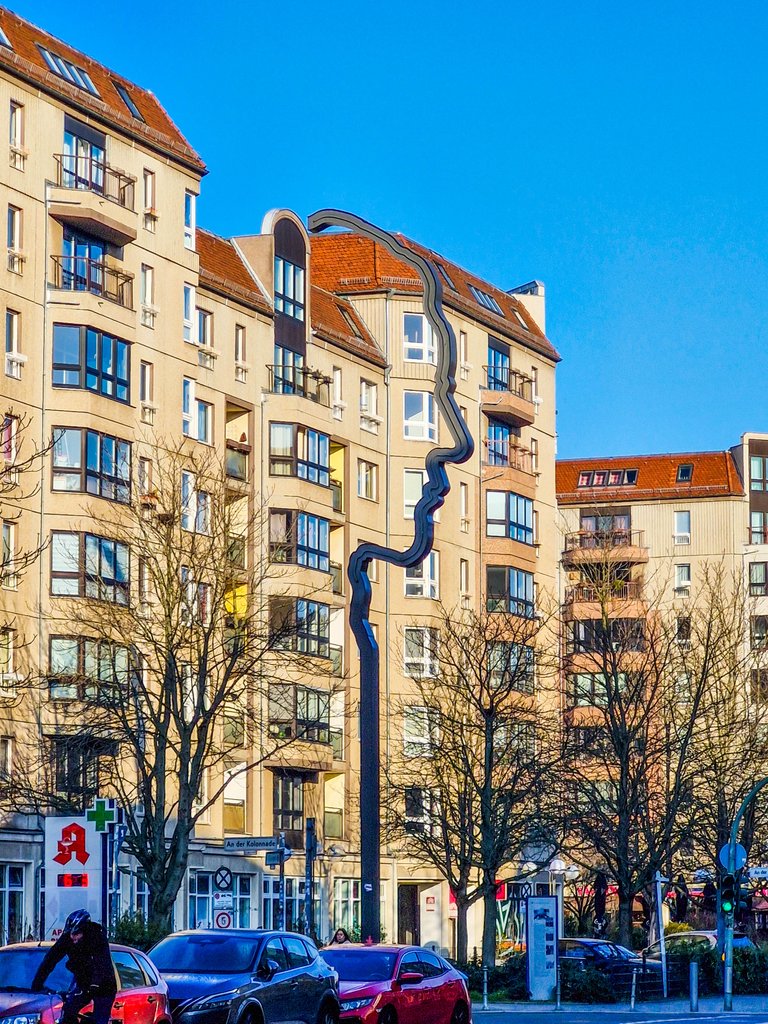
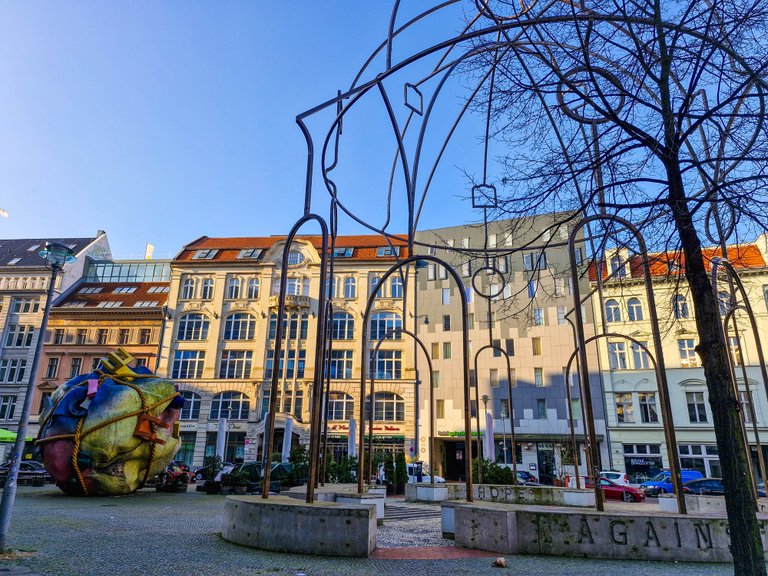 | 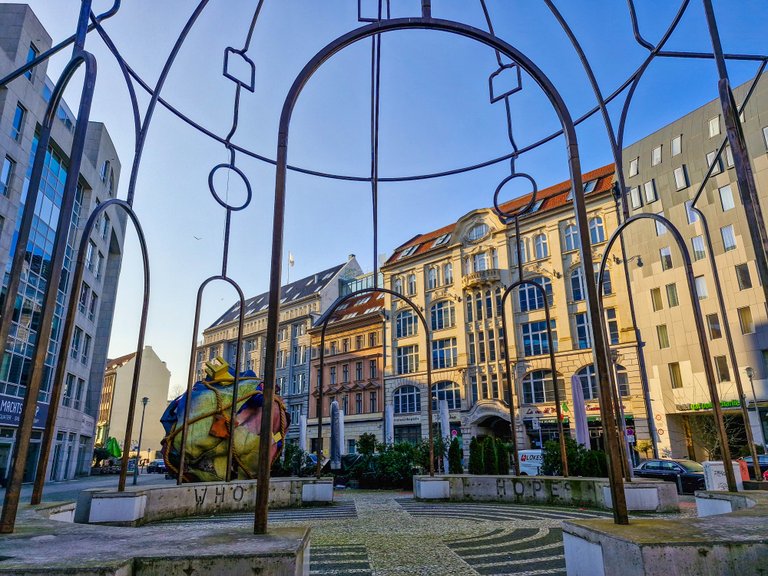 |
|---|
Already in front of my hotel, there was a nice, colored statue of a bear. The bear is Berlin’s emblematic animal. It has been a symbol of Berlin for centuries and is also featured on the city's coat of arms.

According to legend, the founder of Berlin, Albrecht I, encountered a bear in the woods outside the city when he went hunting. The close meeting with the bear suggested the name for the city. Berlin is said to derive from the Slavic word "berl« meaning bear.
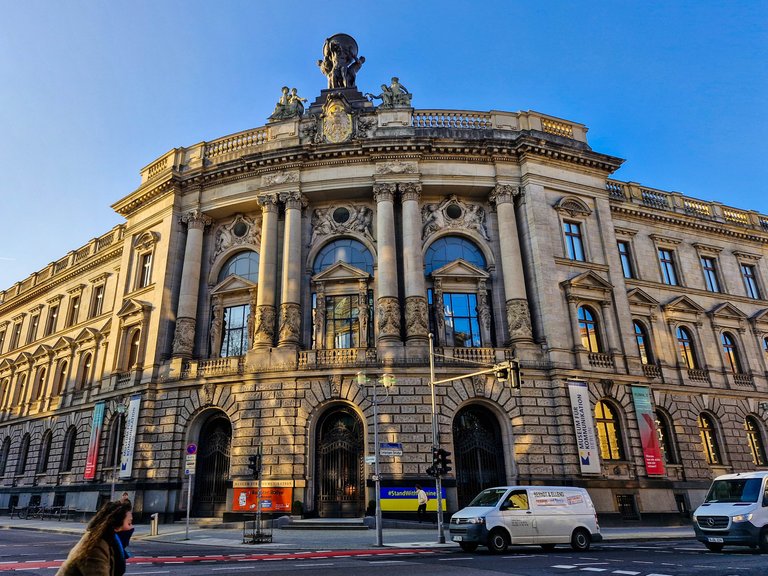
The bear symbol can be found all over Berlin, in different forms and colors, and symbolizes Berlin’s identity and reminds visitors of the city’s rich history as well as its culture and arts.
The city was waking up, Berliners were heading to work, and even if the morning was chilly, many of them were on bikes. I realized that biking is a very popular way of transportation around Berlin, and I promised myself that next time I would rent a bike for a larger tour of the city.


My first stop was at Brandenburg Gate, which I think is the most popular landmark in the city. The gate is the earliest and most attractive example of a neo-classical building in Germany. The architect was inspired by the monumental gateway at the entrance to the Acropolis in Athens.

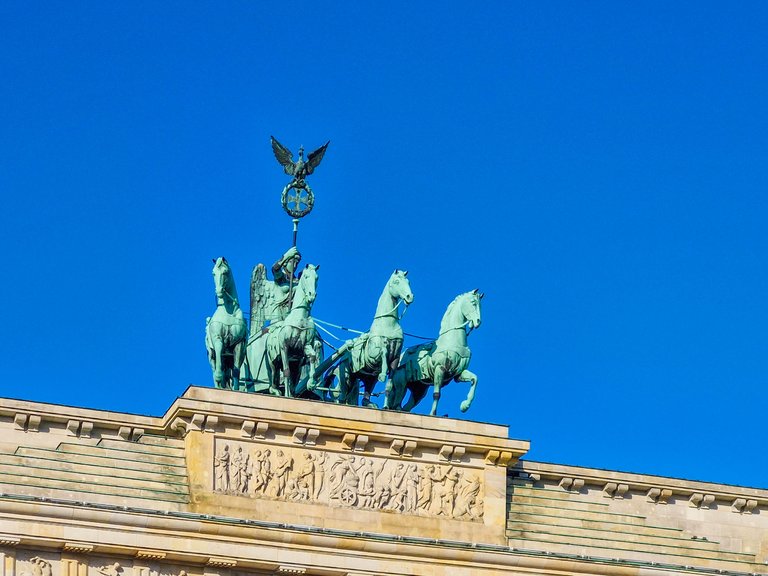
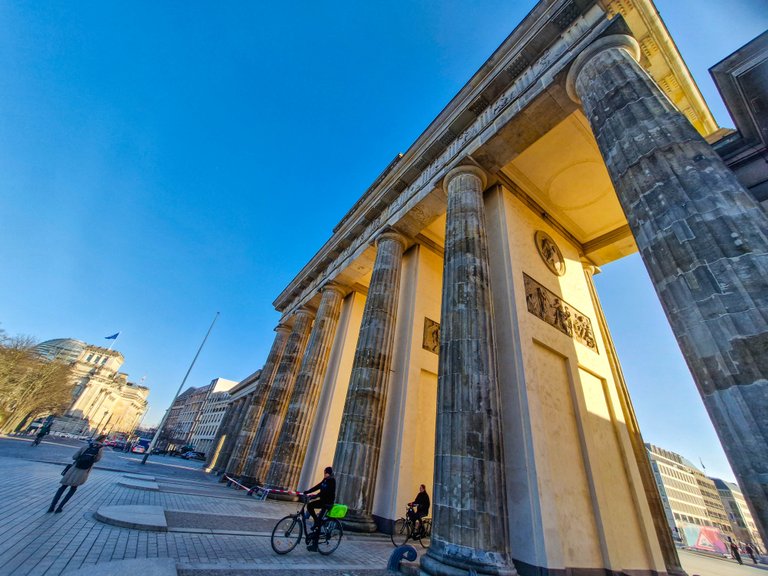
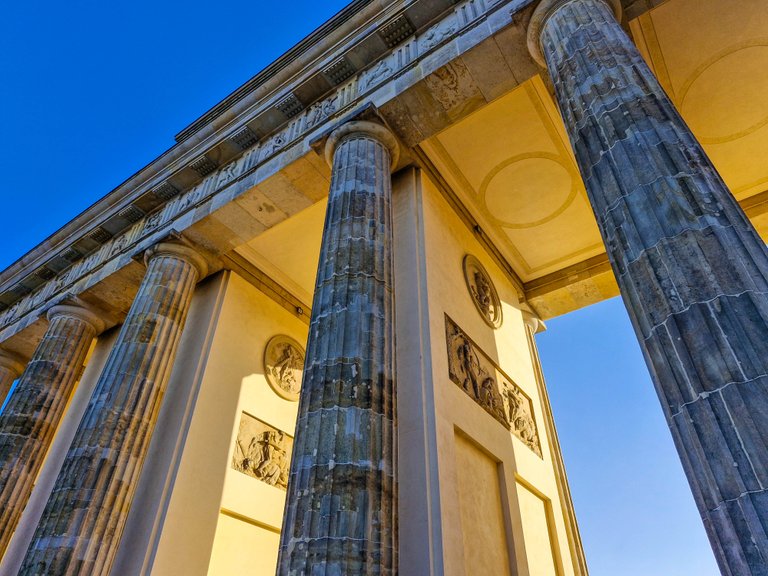
Today, the site symbolizes Berlin’s Cold War division into East and West and, since the fall of the Wall, a reunified Germany. The whole city has many historical sights as a reminder of its turbulent past.
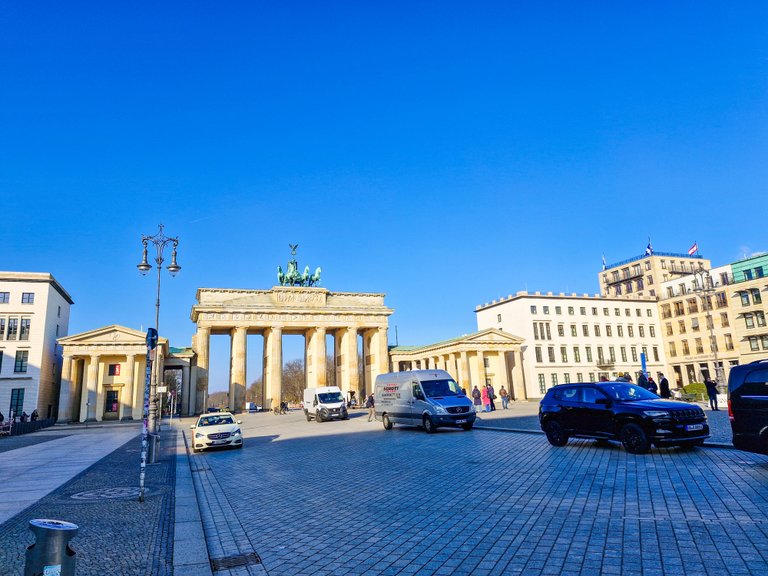

I walked through the gate, and on the right side I spotted the iconic cupula of the Parliament House. The cupola symbolizes the rebuilding efforts after the reunification of Germany, since the circular glass structure not only presents unification but also openness and transparency in government.
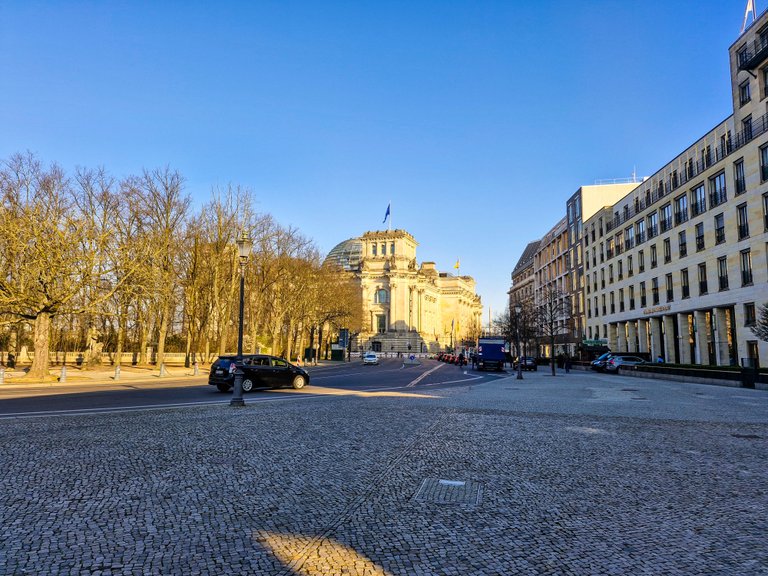


Just a few steps from the Brandenburg Gate, in the middle of Berlin, there is the memorial to the murdered Jews of Europe. It is an imposing place, a place of remembrance, but definitely also a strong and emotional place of warning.

In 1999, the German parliament decided to establish a central memorial site, which was opened in 2005.
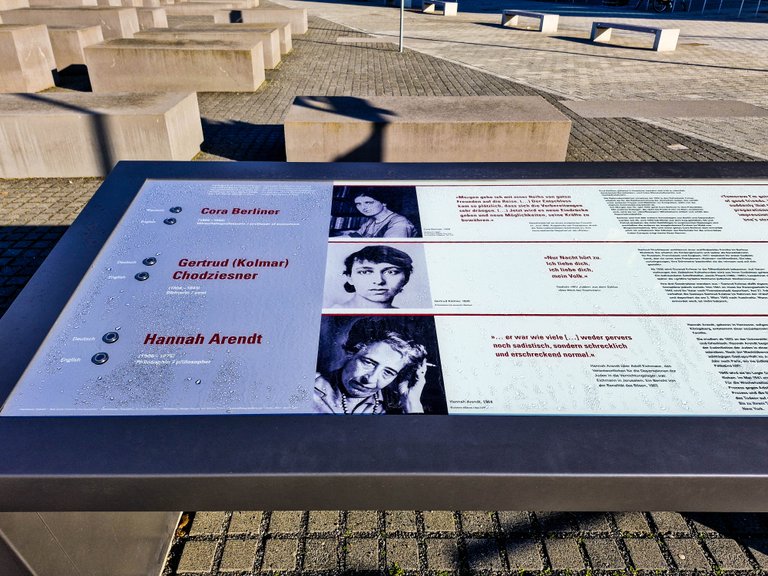
The site is 19,000 square metres large, and there are 2711 concrete stelae of different heights. The memorial is stretching over a slight slope, and it looks like a waving surface where you can walk among the stelae. I read in an article about the monument that the idea of an open and abstract monument gives each visitor the opportunity and space to deal with this topic in his own personal way. In my opinion, it is a very unique and well-designed architecture that really connects with you in a subconscious way.
 | 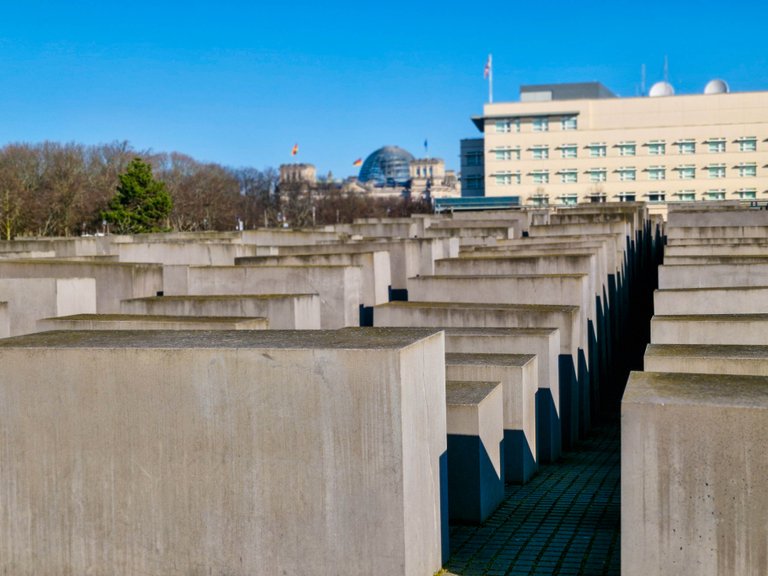 |
|---|
The last stop on my morning walk was Checkpoint Charlie. This was the famous border crossing point between East and West Berlin during the Cold War era. It was one of the few places where diplomats, military personnel, and foreign visitors could pass between the two divided parts of the city.
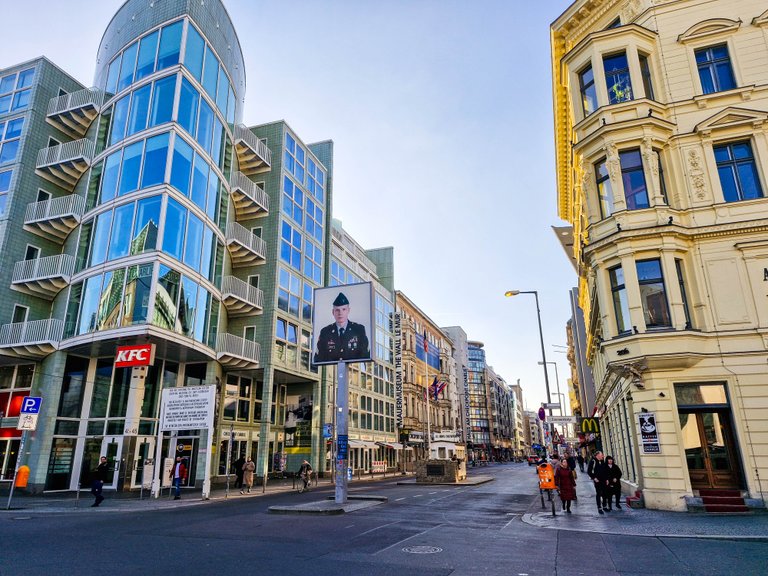
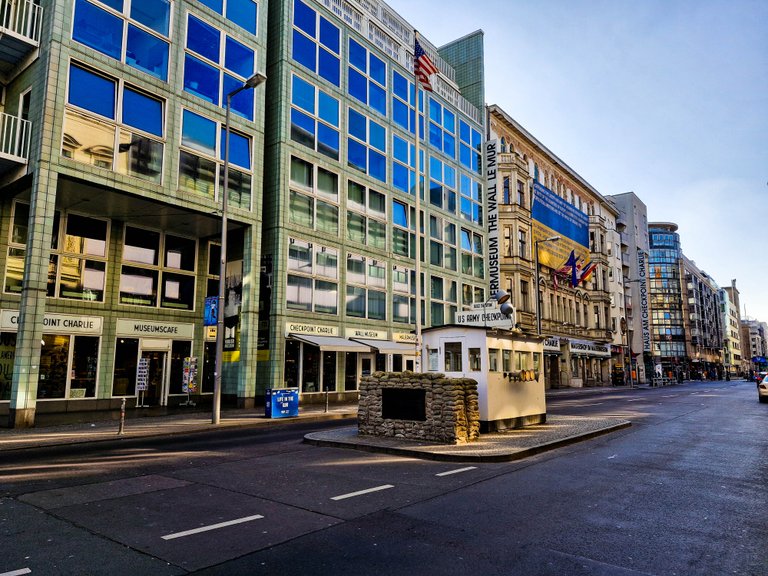
During the Cold War, Berlin was divided into four sectors. The sectors were controlled by the Allies: the USA, France, the UK, and the Soviet Union. Checkpoint Charlie was in the American sector and a gateway between the American and Soviet sectors. It was the checkpoint "C,” and the name comes from the NATO phonetic alphabet “Charlie” for C.

During the Cold War, many notable events happened at this point, including a lot of tension and confrontation, like the standoffs between American and Soviet tanks in 1961.
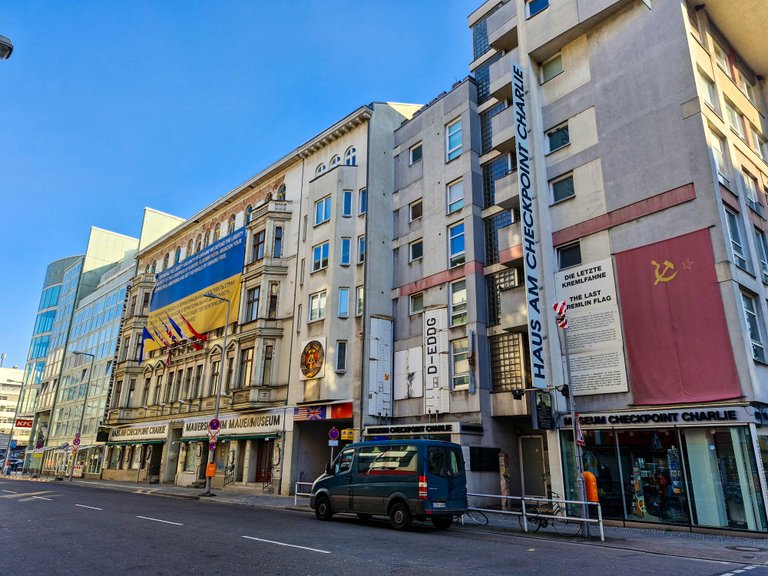
Today, there is a replica of the original guardhouse, another symbol that reminds us of the turbulent history of the city.
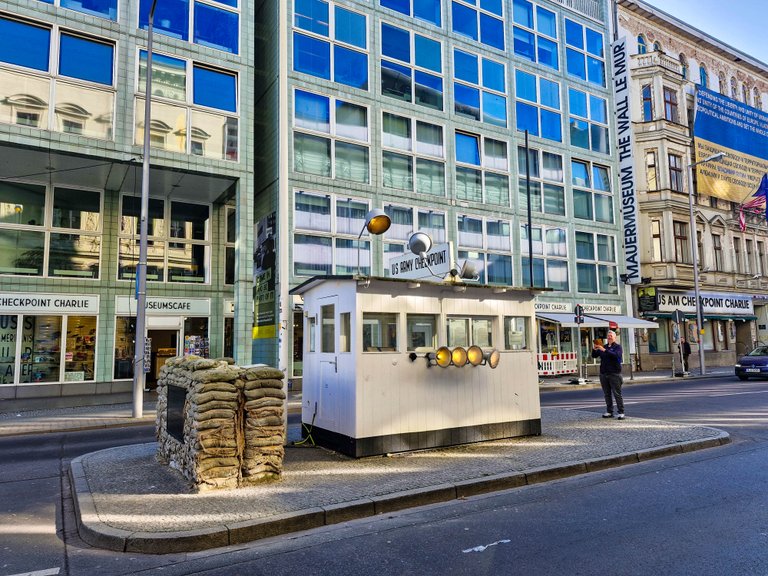

I was fully immersed in the city’s interesting and turbulent past, sad by the fact that humanity still hasn’t learned anything from the past and that we are still making the same mistakes and horrors over and over again, when I realized that it was time to return to the hotel to catch my transfer to the airport.
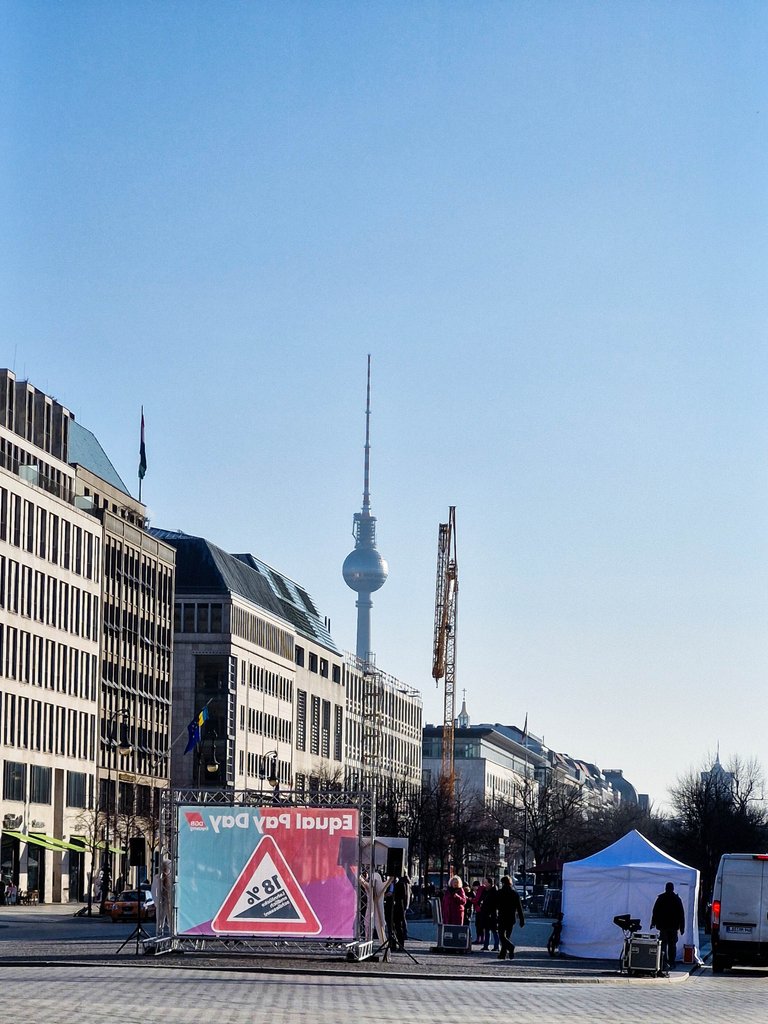


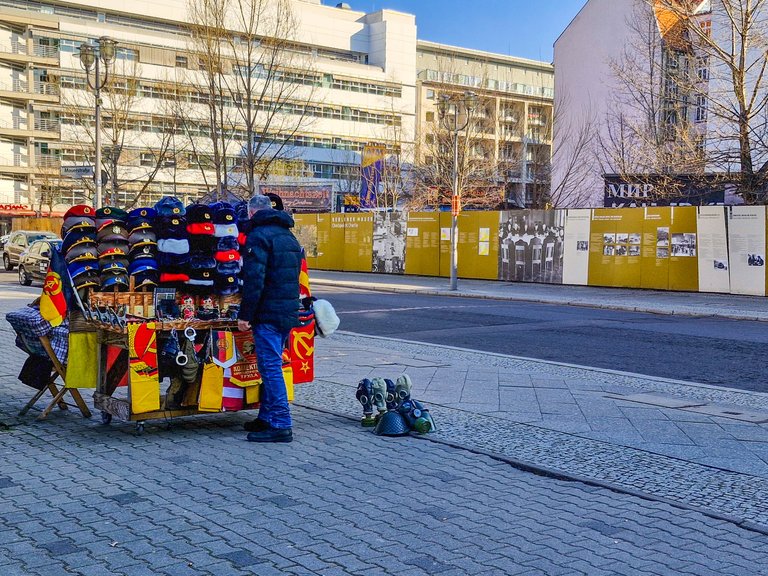
My visit to Berlin was short, too short, and I will continue my walk on my next visit. I hope you have enjoyed this morning walk through the streets of Berlin.
 |  |
|---|
Thanks for reading,
feel free to leave a comment, I will be glad to reply to.
Best regards, @miljo76


